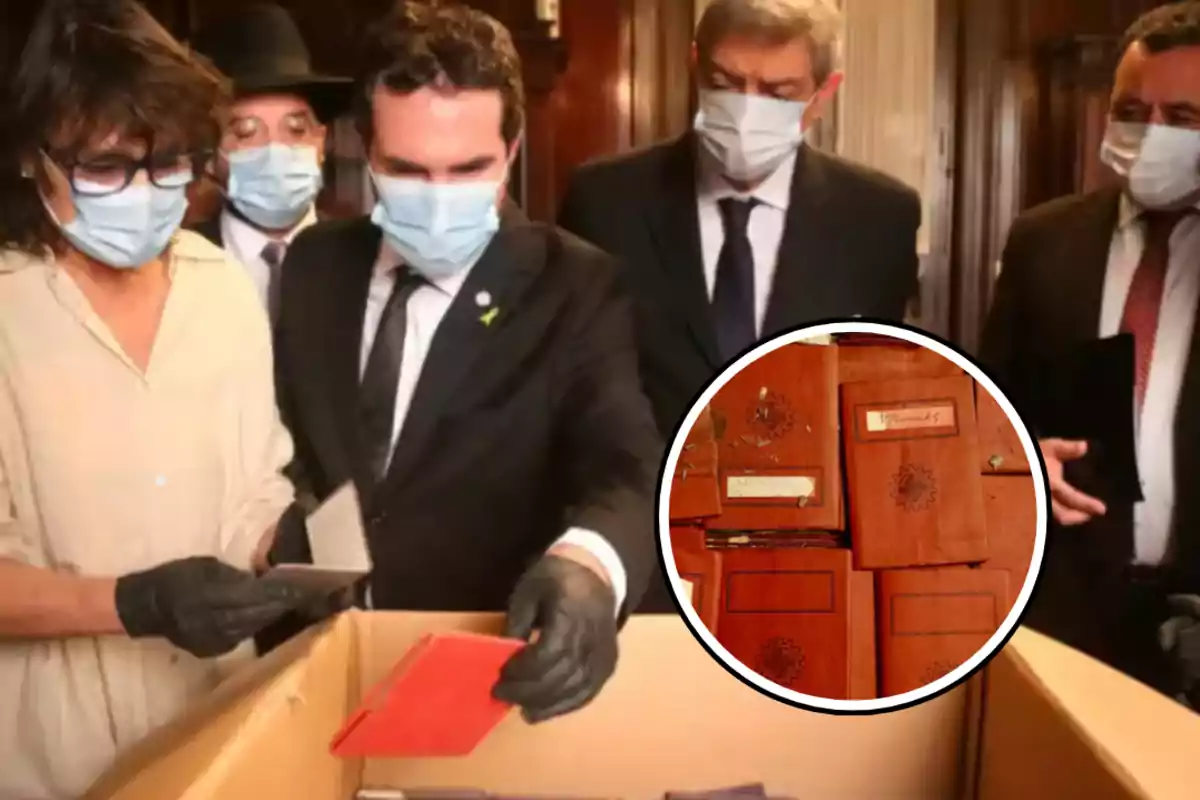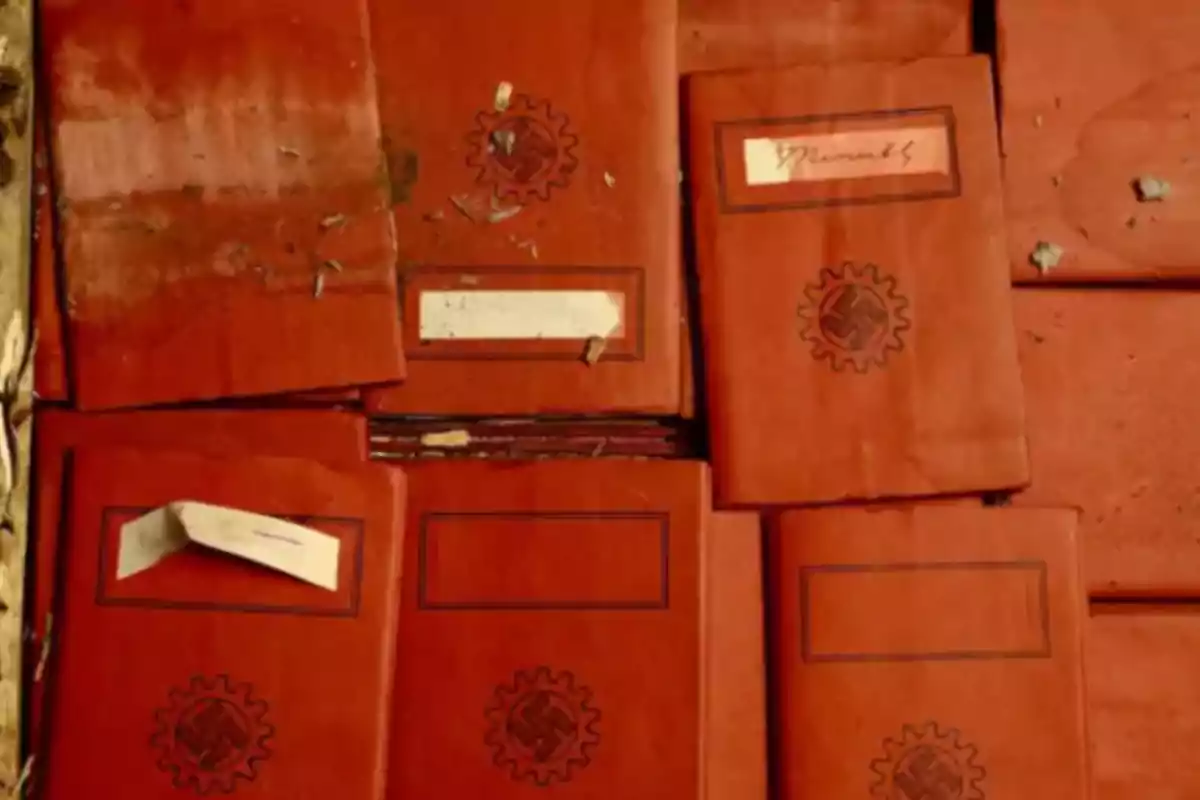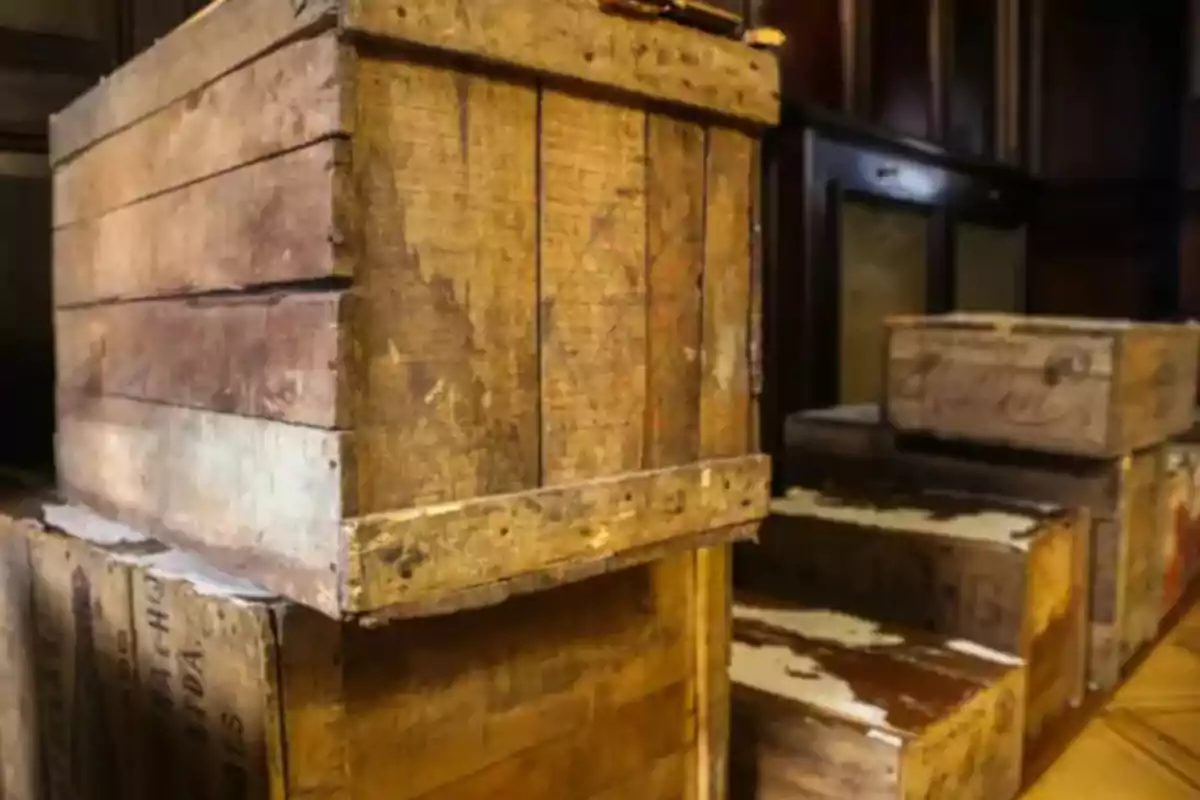
Shocking discovery: boxes with Nazi documentation found in the Supreme Court
Judicial officials found Nazi documents during the creation of the court museum
During the works aimed at installing the future Supreme Court Museum, officials from the Judiciary found several boxes with material linked to the Nazi regime. The discovery occurred amid a document move in the Palace of Justice.
The president of the Court, Horacio Rosatti, ordered an immediate review of the discovered content. He personally supervised the opening of the boxes, which took place in an office on the fourth floor of the building.
The procedure was accompanied by the Grand Rabbi of AMIA, Eliahu Hamra,the director of the Holocaust Museum, Jonathan Karszenbaum, the researcher Marcia Ras, and the conservator María de la Paz Podestá. Authorities from the Judiciary also participated, such as Pablo Lamounan, Marcelo Valente, and Jessica Susco.
The material found had a high propagandistic content, with the clear objective of spreading Adolf Hitler's ideology in Argentina. It was hidden for more than 80 years and, as verified, arrived in the country during World War II.

The Nazi boxes arrived in Argentina in 1941 aboard the "Nan-a-Maru"
The discovered boxes had been sent by the German embassy in Tokyo on June 20, 1941, via the Japanese steamer "Nan-a-Maru."83 packages were registered, declared as "personal effects" for German diplomats.
Despite the attempt to bring in that material without controls, the Customs Division retained the shipment. Chancellor Enrique Ruiz Guiñazú was alerted, and an official investigation was opened. The Special Commission for the Investigation of Anti-Argentine Activities, chaired by Raúl Damonte Taborda, took the case.
Five boxes were opened at random. Postcards, pamphlets, photographs, and documents from the Nazi Party abroad and the German Union of Guilds were found. The investigation revealed that the content sought to expand Nazi propaganda in Argentine territory.
German diplomats tried to recover the boxes, but the parliamentary commission resorted to the Justice. They argued that it was anti-democratic propaganda and that they had even tried to bring in a transmitter disguised as diplomatic mail.

Federal Judge Miguel Luciano Jantus seized the packages on September 13, 1941. The case was referred to the Supreme Court three days later, as it involved a foreign representation.
Historical survey and possible international impact
The new finding took the court authorities by surprise. Marcelo Valente notified Pablo Lamounan, who ordered the preservation of the content and immediately informed Rosatti. The president of the court activated a security protocol and prepared a special room for its analysis.
Experts from the Holocaust Museum were called to collaborate in the survey and investigation. The objective is to determine if the material contains unpublished information about Nazism and its attempt to expand in Argentina.
It is worth noting that on December 26, 2024, the Supreme Court signed an agreement with the Holocaust Memory Foundation and the Association of Jewish Lawyers. This agreement promoted the creation of the museum and paved the way for cooperation with specialized institutions.
The discovery could shed new light on Nazi activities in Latin America and consolidate the Court as an active space in the preservation of historical memory.
More posts: